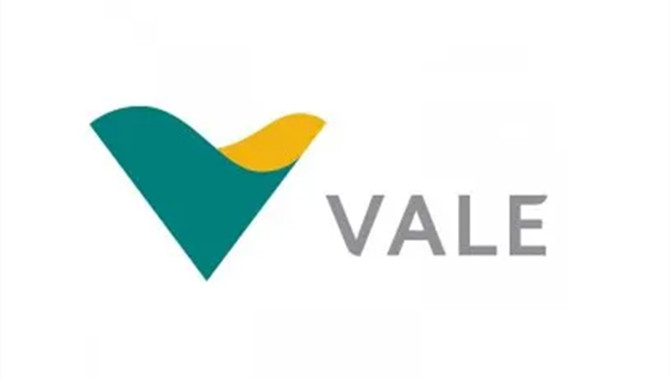
Vale has achieved a major advance in the adoption of alternative, lower-carbon fuels for shipping. A pioneering project developed by the company resulting in a design to incorporate multi-fuel tanks on iron ore carriers has received an Approval in Principle (AIP) from the leading Classification Society DNV. The independent assessment performed by DNV verifies the technical feasibility of the design, and indicates that based on this system, developed in partnership with Norwegian companies Brevik Engineering AS and Passer Marine, vessels chartered by the mining company could be adapted to store fuels as liquefied natural gas (LNG), methanol and ammonia in the future.
The multi-fuel tank design is part of the Ecoshipping program, developed by Vale to adopt new technologies and renew its fleet with the aim of reducing carbon emissions from shipping. A preliminary study for ships of the Guaibamax category estimates that emissions reductions can range from 40% to 80% when powered by methanol and ammonia, or up to 23% in the case of LNG.
Currently, dozens of second-generation VLOCs (Very Large Ore Carriers) already in operation, with 400 and 325 thousand tons of capacity, have been designed for future installation of an LNG system, including an under-deck compartment to receive a tank with capacity for the entire voyage. Having received the AIP for the multi-fuel tank design, a pilot project will be developed in the coming months for the implementation of this system on a Guaibamax.
"The multi-fuel tank system removes some of the main barriers to the adoption of alternative fuels, which include regulatory and infrastructure uncertainty in defining the optimal fuel. It is a solution for the future, but one that could also impact existing ships, many of which have more than 20 years of service life ahead of them. Allied to other energy efficiency technologies in progress at Vale, such as rotating sails and air lubrication, it allows us to have more efficient vessels with very low carbon emissions," explains Vale's Shipping Technical Manager, Rodrigo Bermelho.
Carbon Target
In addition to adopting alternative fuels, Vale has developed innovative energy-efficient technologies: last year, the company presented the first ore carrier equipped with rotating sails and the first Guaibamax ship with air lubrication installed. These initiatives are part of Ecoshipping, a program created by Vale's shipping area to meet the company's challenge to reduce its carbon emissions, in line with what is being discussed within the International Maritime Organization (IMO).
Vale has announced investments of up to $6 billion since 2020 to reduce its scopes 1 and 2 emissions by 33% by 2030. The company has also committed to a 15% reduction in scope 3 emissions by 2035, related to the value chain, of which shipping emissions are part, since the ships are not owned by the company. The targets are aligned with the ambition of the Paris Agreement.
Efficiency
Vale has invested heavily to incorporate state-of-the-art efficiency and environmental innovation in the shipping area. Since 2018, the company has been operating second-generation Valemaxes and, since 2019, Guaibamaxes, with capacities of 400,000 tons and 325,000 tons, respectively. These vessels are among the most efficient in the world and can reduce CO2 equivalent emissions by up to 41% compared to a capesize ship, of 180,000 tons, built in 2011.
The opinions expressed herein are the author's and not necessarily those of The Xinde Marine News.
Please Contact Us at:
media@xindemarine.com


 Ningbo Containerized Freight Index Weekly Commentar
Ningbo Containerized Freight Index Weekly Commentar  Ningbo Containerized Freight Index Weekly Commentar
Ningbo Containerized Freight Index Weekly Commentar  Ningbo Containerized Freight Index Weekly Commentar
Ningbo Containerized Freight Index Weekly Commentar  BIMCO Shipping Number of the Week: Bulker newbuildi
BIMCO Shipping Number of the Week: Bulker newbuildi  Ningbo Containerized Freight Index Weekly Commentar
Ningbo Containerized Freight Index Weekly Commentar  Ningbo Containerized Freight Index Weekly Commentar
Ningbo Containerized Freight Index Weekly Commentar